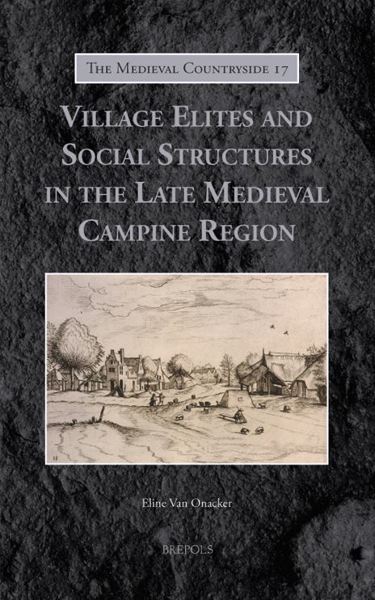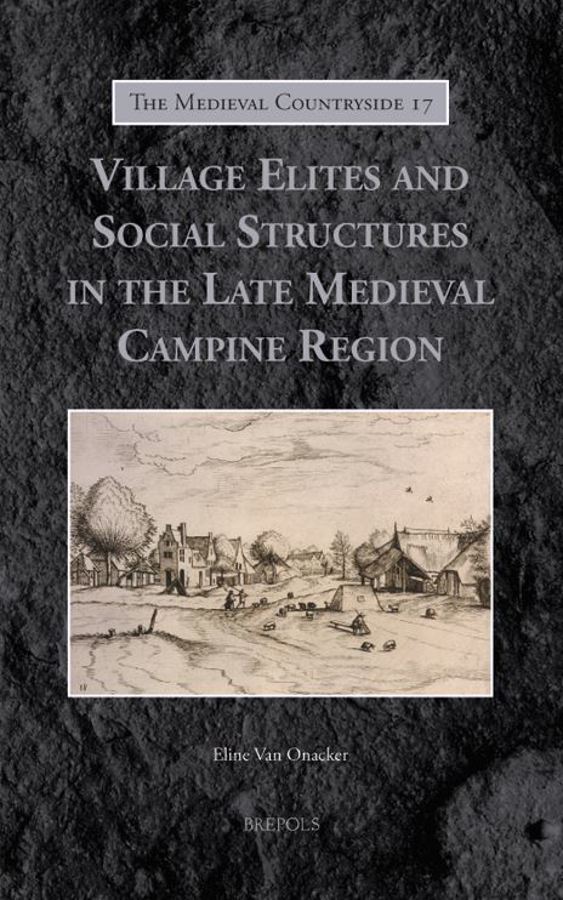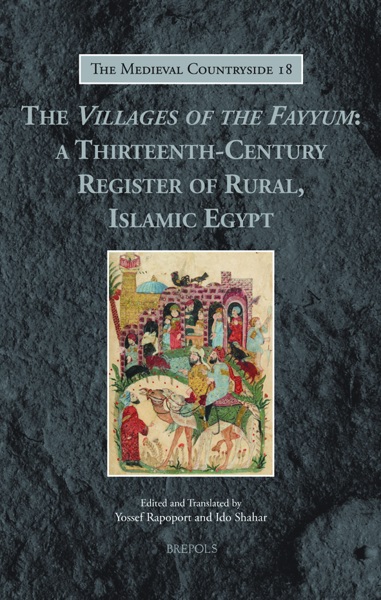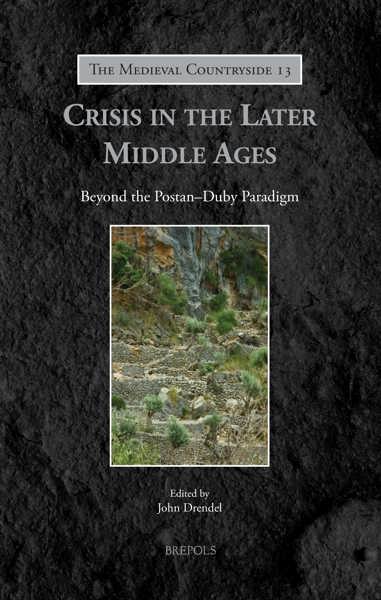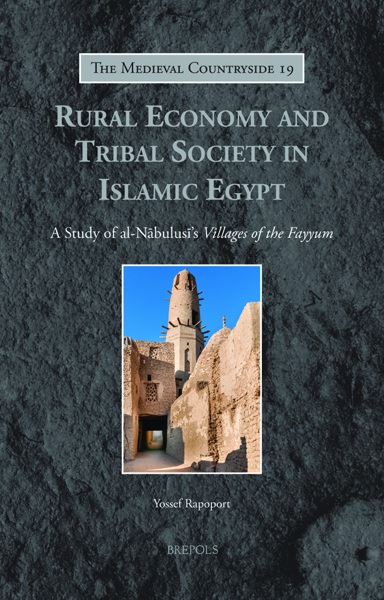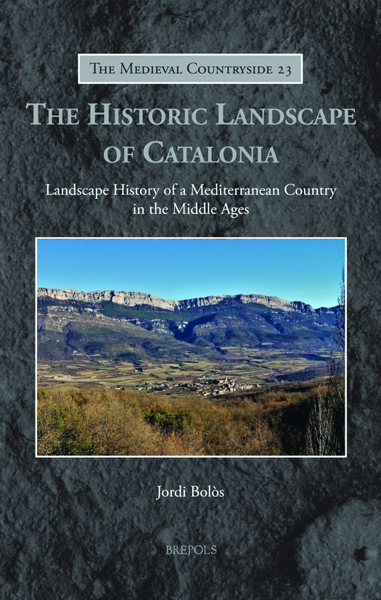
Village Elites and Social Structures in the Late Medieval Campine Region
Eline Van Onacker
- Pages: 319 p.
- Size:156 x 234 mm
- Illustrations:7 b/w, 68 tables b/w., 4 Maps, 57 Graphs
- Language(s):English
- Publication Year:2017
- € 110,00 EXCL. VAT RETAIL PRICE
- ISBN: 978-2-503-55459-4
- Hardback
- Available
- € 110,00 EXCL. VAT RETAIL PRICE
- ISBN: 978-2-503-56466-1
- E-book
- Available
Reveals how specific social structures and accompanying elite characteristics guaranteed stability and continuity in a communal peasant region in the otherwise dynamic late medieval Low Countries.
"Dit is een rijk gestoffeerd boek, dat aandacht besteedt aan de veelzijdige facetten van het dorpsleven: de armenzorg, politieke besluitvorming, kredietnetwerken, de relatie met de grootstad (in casu Antwerpen, metropool in wording), fiscaliteit enzovoort. Onderzoekers biedt dit boek een geweldige gelegenheid om hun eigen gegevens met die over de Brabantse dorpen te vergelijken. (...) een heel interessant naslagwerk dat vorsers nog lang zullen consulteren. (..) een solide onderbouwd onderzoek, dat nog lang debatten over sociale en economische veranderingen (of het gebrek eraan) zal voeden." (Jelle Haemers in: BMGN - Low Countries Historical Review . 133, May 2018)
“Al met al presenteert Van Onacker een interessant en overzichtelijk onderzoek, dat overtuigend aantoont dat ook continuïteit in een gemeenschap een duurzame leefsituatie kan voortbrengen en dat meegaan in de vaart der volkeren niet noodzakelijk is om te overleven. Mijns inziens is deze studie dan ook terecht bekroond met een doctoraat.” (Mark Vermeer, in Noordbrabants Historisch Jaarboek, 35, 2018, p. 232-233)
« Il faut saluer les mérites d’un ouvrage bien charpenté. L’A. a maîtrisé une documentation fiscale complexe, elle a analysé ses sources en profondeur et elle a incorporé à son étude les travaux les plus récents sur l’histoire des campagnes, du Moyen Âge à la révolution industrielle. » (Willy Steurs, dans Le Moyen Âge, 3-4, 2019, p. 706)
The economy of the late medieval Low Countries is often portrayed in terms of dynamism and economic growth. However, several regions within this larger entity followed an alternate path of development. One example of this is the Campine (Kempen), a communal peasant region situated to the northeast of the sixteenth-century ‘metropolis’ of Antwerp. By contrast with other regions in the Low Countries, this area was characterised by a remarkable stability.
By focusing on ‘independent’ peasant elites, this study explores the social structures and the characteristics of inequality of this region, showing how these factors led to a different, more stable mode of economic development. Looking past standard societal measurements such as property distribution, this work combines a wide variety of sources to grasp the nuances of inequality in a communal society. It therefore takes into account other economic factors such as control over the commons, and market integration. It also focuses on political and social inequality, shedding light on aspects of inequality in village politics, social life, and poor relief.
Thus, in contrast to dominant depictions of pre-modern societies on the road to capitalism, this book provides a comprehensive portrayal of inequality and elite groups in a communal peasant society.
Introduction
Chapter 1. Manorial and Stately Power and (In)Equality
Chapter 2. Social and Fiscal Inequality in the Late Medieval and Early Modern Campine Area
Chapter 3. Controlling the Campine Commons
Chapter 4. Campine Peasants and Market Integration: Activities in the Pre-Modern Commodity and Factor Markets
Chapter 5. Campine Tenant Farmers and the Village Community
Chapter 6. Village Government and Officeholding in the Campine Area
Chapter 7. Social Cohesion and the Village Community: A Focus on Church Life and Poor Relief
Conclusion
Appendix
Bibliography
